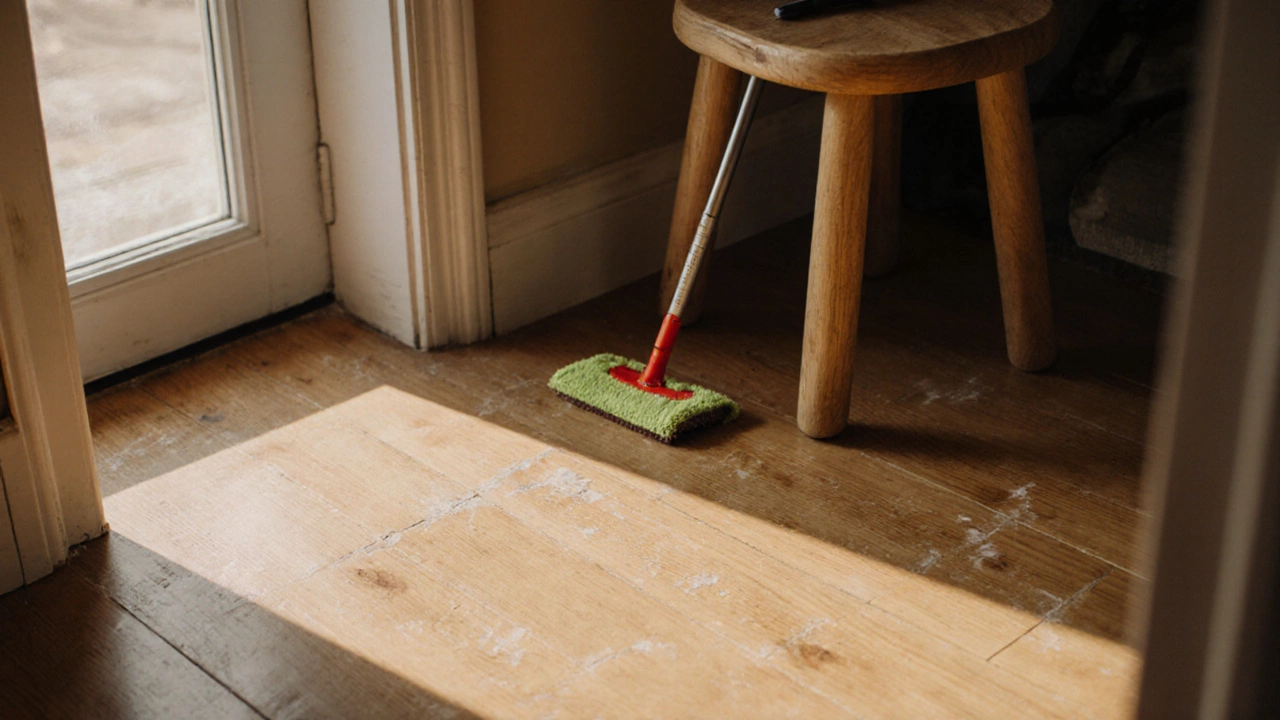Normal Wear and Tear: What It Is and How to Deal With It
We all notice things getting a bit shabby over time – a scuffed floor, a faded wall, a carpet that looks dull. That’s normal wear and tear. It’s the everyday damage that shows up just from using a space. It’s not a sign of neglect, but it can add up if you don’t keep up with simple fixes.
Understanding wear and tear helps you spot problems early and decide when you need a quick clean‑up versus a bigger repair. Below we’ll break down the common culprits, show you how to slow the process, and give you cleaning tricks that fit right into your routine.
What Causes Normal Wear and Tear?
Most wear and tear comes from three everyday sources: foot traffic, daily chores, and the environment. Heavy foot traffic on hardwood floors or carpets compresses fibers, making them look flat. Kitchen spills, splatters, and steam can stain countertops, cabinets, and walls. Humidity, sunlight, and temperature changes cause paint to fade and wood to expand or shrink.
Even small habits add up. Constantly moving furniture without lifting, using harsh chemicals on surfaces, or leaving pet paws on rugs all speed up the aging process. The good news? Most of these causes are easy to control with a little awareness.
How to Slow Down Wear and Tear
Start with a quick daily check. Wipe spills as soon as they happen – a damp cloth will stop most stains from setting. Use entryway mats and shoe‑free zones to keep dirt and grit off floors. For high‑traffic areas, consider area rugs or floor protectors; they take the brunt of the wear and can be swapped out when they look tired.
When cleaning, stick to mild, eco‑friendly products. A mix of water and a few drops of dish soap works wonders on most surfaces without harsh chemicals that wear down finishes. For tough grime, a paste of baking soda and water gently lifts dirt without scratching.
Regular maintenance is key. Vacuum carpets weekly, dust wood surfaces regularly, and give bathrooms a quick scrub after each use. A simple weekly routine—vacuum, mop, wipe down kitchen counters—keeps the build‑up low and the wear rate slower.
If you notice paint fading or wood looking dull, a light sanding and fresh coat of paint or sealant can restore the look and add a protective layer. It’s a small project that makes a big difference in extending the life of a room.
Finally, don’t forget the outdoors. Pressure washing driveways and cleaning window tracks once a year removes grime that can seep inside and cause damage over time.
By staying on top of these easy steps, you keep normal wear and tear from turning into costly repairs. Your home stays looking fresh, and you spend less time and money on big fixes.
Got a specific problem, like stubborn grease on a stove or scuffed tiles in the hallway? Our blog has detailed how‑to guides for those exact issues. Just click on the related post and start fixing it today.

Are Scratches on Wood Floors Normal Wear and Tear? End of Tenancy Guide
Learn what wood floor scratches count as normal wear and tear vs. tenant damage when moving out. Know your rights, how to fix minor marks, and how to protect your deposit in the UK.
Read More
Are Nail Holes Normal Wear and Tear in California?
Ever wondered if you’re on the hook for those tiny nail holes when you move out in California? This article gets straight to the point about how landlords and tenants should handle nail holes during end of tenancy. Find out what’s legally considered normal wear and tear, what might put your security deposit at risk, and simple ways to prevent arguments. Expect California-specific facts, real-life tips, and answers to common questions, all in plain language.
Read More